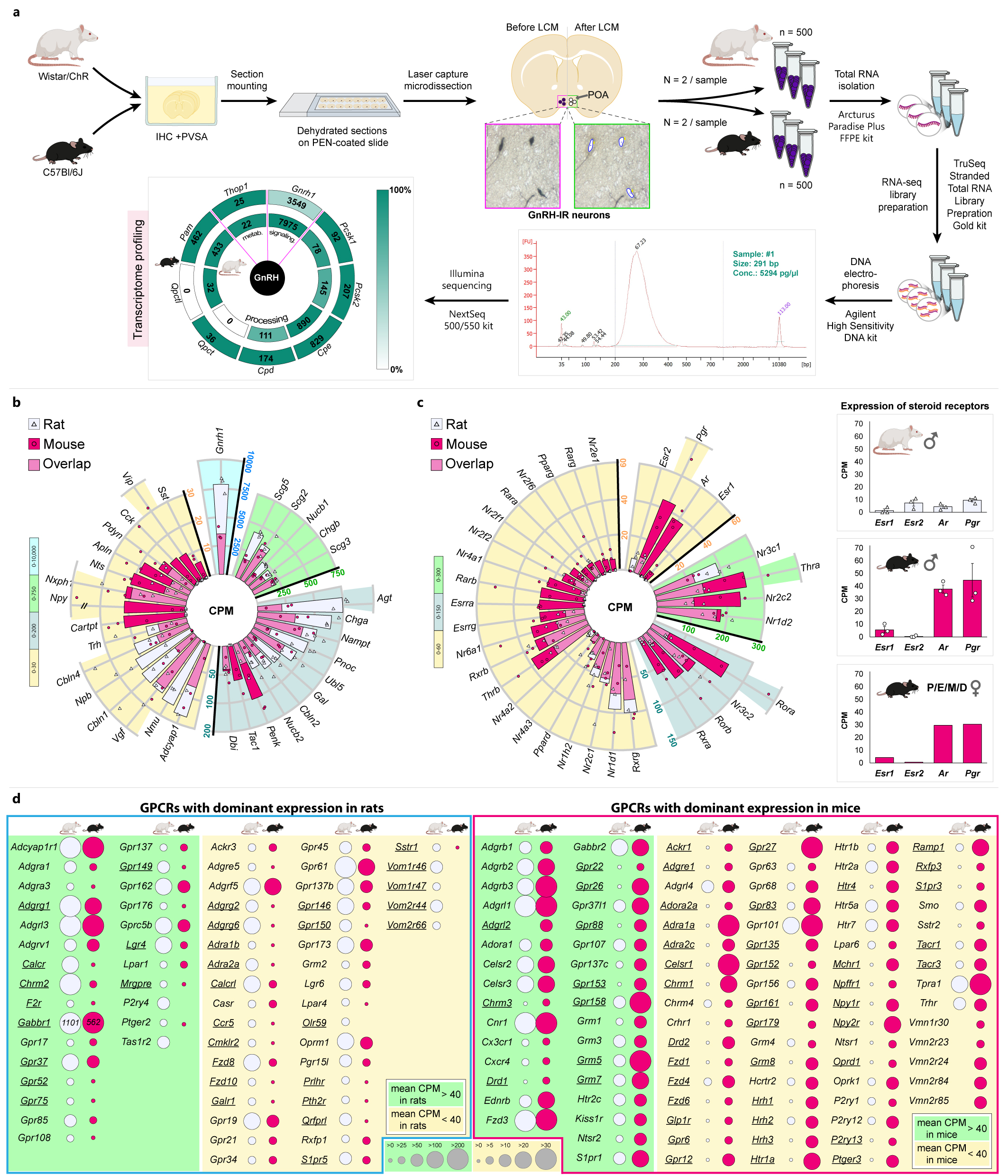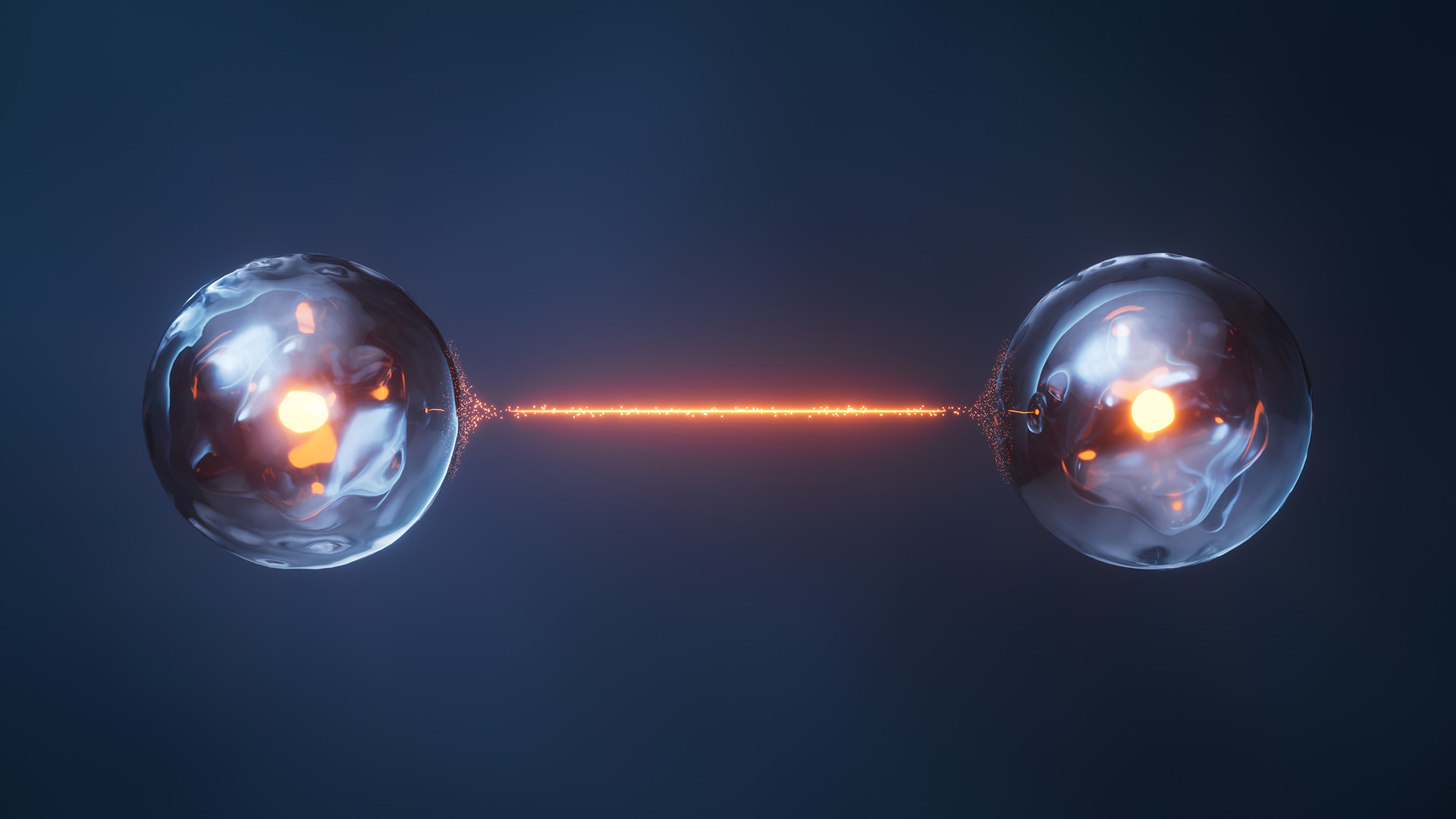Hungarian Researchers Develop Novel Method to Determine Complete RNA Profile of Neuron Types
Researchers at the HUN-REN Institute of Experimental Medicine (HUN-REN IEM) have developed a novel method to identify neurons and determine their full RNA profile in any species. Published in the Journal of Biological Chemistry, the method could contribute to a better understanding of neuronal function.
Every cell in our body contains the same set of DNA; however, the diversity of cell types arises from the variety of RNA molecules transcribed from the DNA. The RNA transcript, or transcriptome, specific to each cell group depends on cell type and anatomical location and continuously changes throughout our lives.
Reproductive functions are regulated by neurons in the brain that contain gonadotropin-releasing hormone (GnRH). The RNA profile, or gene expression profile, characteristic of GnRH neurons has long been elusive. Early methods were constrained by low throughput and sensitivity. Subsequent chip-based techniques offered a far more comprehensive, yet still incomplete, picture of the RNA landscape specific to these cells.
Researchers from the Reproductive Neurobiology Research Group at HUN-REN IEM, led by Erik Hrabovszky, have published a methodological advancement in the Journal of Biological Chemistry (JBC). By using next-generation sequencing, the method enables the determination of the RNA profile of neurons isolated from histological sections by laser-capture microdissection (LCM). It required mice engineered to express a fluorescent protein in the neuron type of interest.
The latest development has overcome the previous limitation. During the multi-step labelling process (immunohistochemistry), the researchers preserved the integrity of the otherwise highly fragile RNA molecules by using RNA-stabilising additives never before applied in this context. The RNA profile of GnRH neurons obtained via laser-capture microdissection was characterised using high-throughput, highly sensitive next-generation sequencing.

Graphical representation of the method developed to determine the gene expression profile of GnRH neurons and a selection of the resulting data.
The key advantage of the new method is its ability to visualise neurons from any species, as demonstrated by the study of rat GnRH cells. The researchers identified 13,000–14,000 characteristic RNA transcripts in mouse and rat GnRH neurons. Notably, they identified 28 transcripts that may play a role in human infertility. This discovery has led the team to their current work on mapping the complete RNA profile of human neurons from post-mortem tissue samples.
The study, co-authored by Balázs Göcz and Éva Rumpler as lead authors, offers a widely applicable new method for understanding neuronal function.

